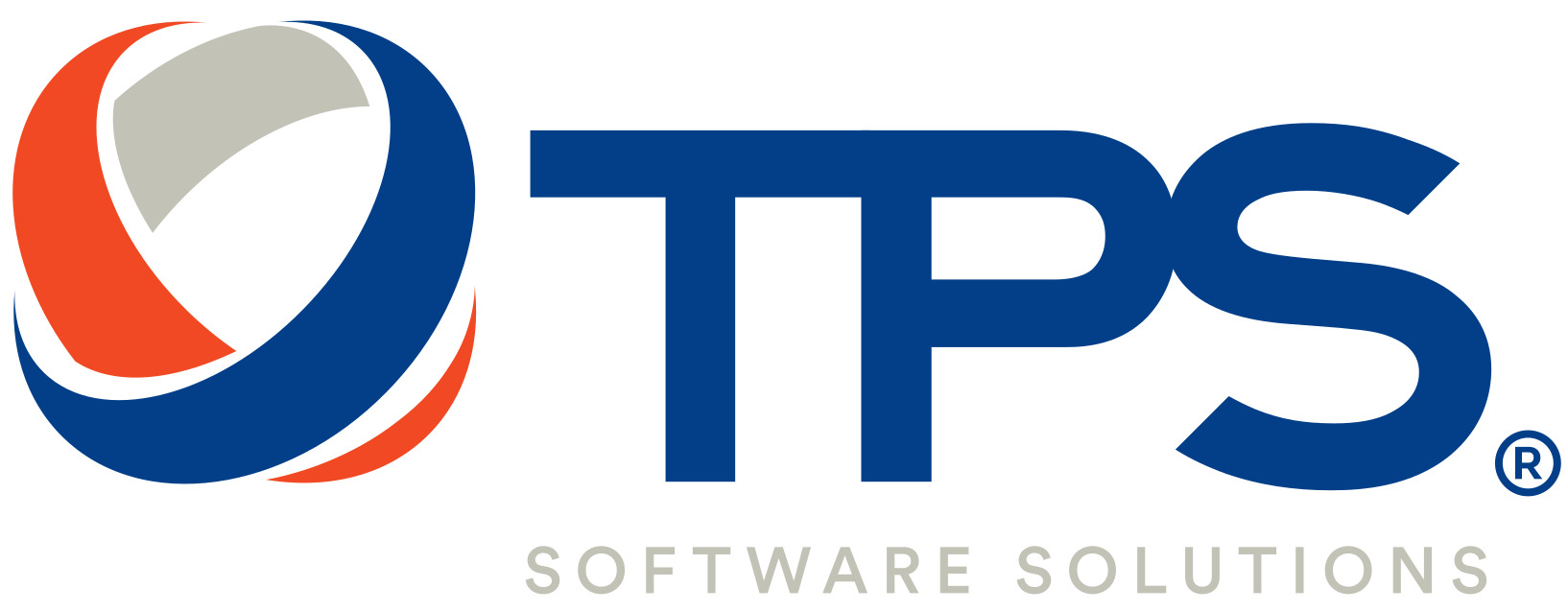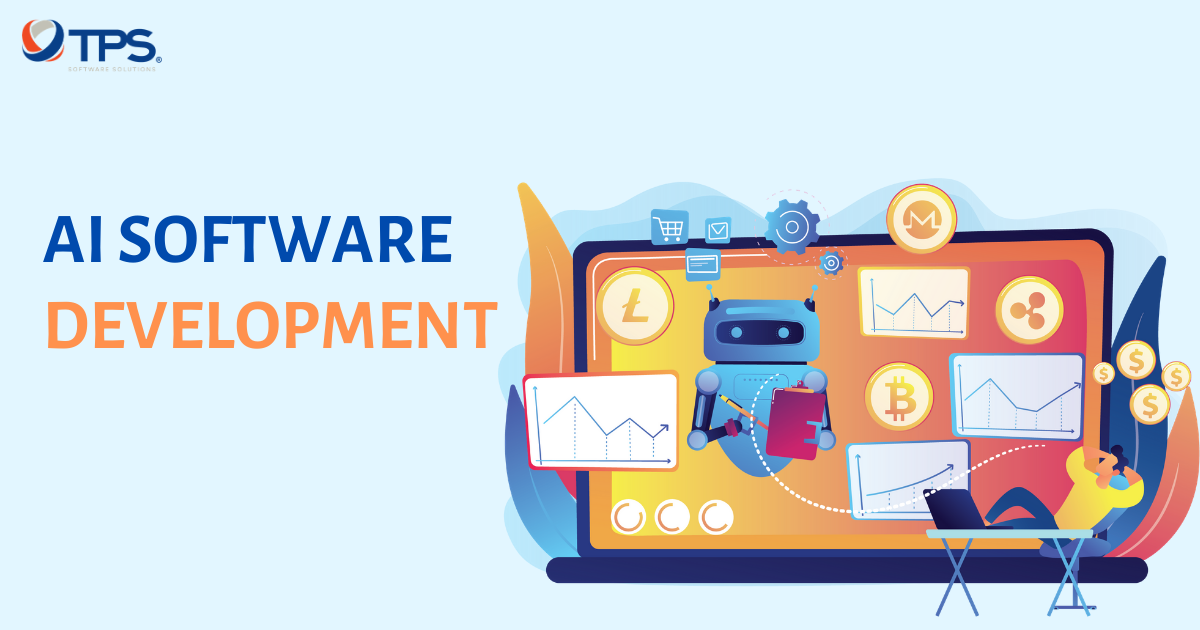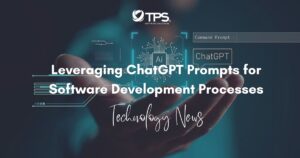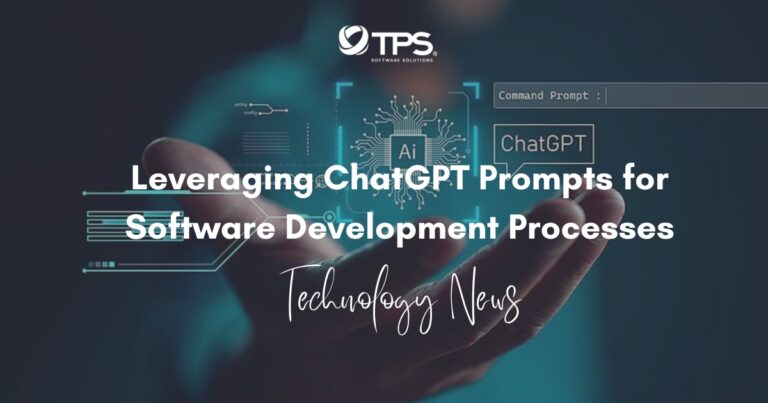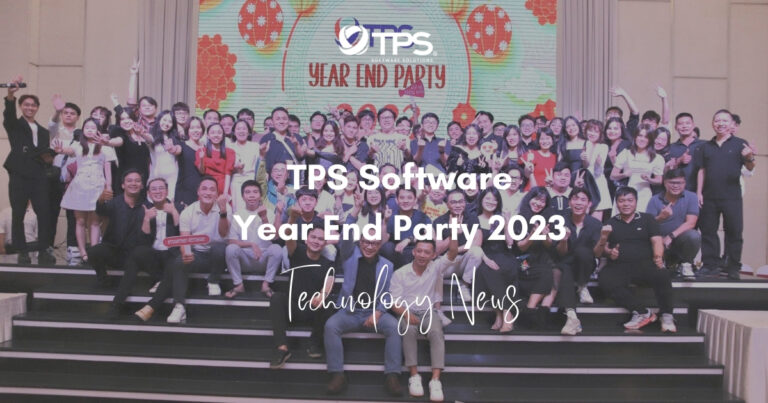Artificial intelligence (AI) has gradually been making its way into business software and will continue to for the foreseeable future. These intelligent applications have incorporated machine and deep learning algorithms into their everyday functionality to better automate tasks for the user. Automating these processes saves the user time and energy, makes their job more simple, and allows employees to work more efficiently and productively. The AI boom is accelerating and it will encourage more and more businesses to adopt the technology. If your company has a plan to leverage emerging AI technology, this article may help you to have a clear vision about AI software development and how to have a successful development process.
Artificial Intelligence is the “future of modern companies.”
According to the Forbes report, “Everyday AI: Harnessing Artificial Intelligence to Empower the Knowledge Worker,” three executives from American companies believe that AI and related technologies will have a transformational impact on their industry. Why? Because AI and Machine Learning is the future of modern companies.
According to the Global Artificial Intelligence Study, PwCOver the next decade, AI could generate an additional $15.7 trillion worth of economic activity across the world.
Why should businesses Use Artificial Intelligence Software?
1. Artificial Intelligence diminishes human error
The phrase “human error” was born because humans make mistakes from time to time. Computers, however, do not make these mistakes if they are programmed properly. With Artificial intelligence, the decisions are taken from the previously gathered information by applying a certain set of algorithms. So errors are reduced and the chance of reaching accuracy with a greater degree of precision is a possibility.
2. Automation of mundane tasks
Businesses may implement artificial intelligence to help automate tedious actions that employees are required to do in their day-to-day. By utilizing AI for these tasks, companies can free up time for employees to concentrate on more important, human-necessary aspects of their jobs. AI software does not offer a way to automate humans out of their jobs but instead offers a supplemental tool to help improve their performance at work.
3. Artificial Intelligence is always available.
An Average human will work for 8–10 hours a day including the breaks. Humans are built in such a way to get some time out for refreshing themselves and get ready for a new day of work, and they even have weekly offed to stay intact with their work-life and personal lives. But using AI we can make machines work 24/7 without any breaks, and they don’t even get bored, unlike humans.
4. Artificial Intelligence can provide imperative digital assistance
Some of the highly advanced organizations use digital assistants to interact with users which saves the need for human resources. Digital assistants are also used in many websites to provide things that users want. We can chat with them about what we are looking for. Some chatbots are so smart that it becomes hard to determine whether we’re chatting with a chatbot or a human being.
5. Intelligent decision-making
While you might think that predictive solutions make intelligent decisions, this aspect of AI helps human beings make intelligent decisions instead of the software doing it for them. Machine learning can help take the guesswork out of making critical business decisions by providing analytical proof and predicted outcomes. This functionality not only helps take human error out of decision-making but can help arm users with the information necessary to defend the decisions that they make.
Top Artificial Intelligence Software Types
Artificial intelligence software is a very general space, with a number of different subcategories, including AI platforms, chatbots, deep learning, and machine learning. Deep learning becomes even more granular with further subcategories, such as NLP, speech recognition, and computer vision (image recognition). Each of these subcategories offers users very different functions that are all potentially valuable to businesses moving forward.
AI platforms – For developers trying to build their own intelligent applications on top of another platform, AI platforms are the ideal solution. Like a standard application platform, these tools often provide drag-and-drop functionality with prebuilt algorithms and code frameworks to assist in building the application from scratch. The difference between AI platforms and cloud platforms as a service (PaaS) products is the former provides the ability to add in the machine and deep learning libraries and frameworks when constructing the application. AI platforms ultimately give applications an intelligent edge; they are a mix of open-source and proprietary products, meaning they make possible the creation of an intelligent application with little overhead. However, for those without sufficient development knowledge, these platforms may prove to be challenging, even with the inclusion of drag-and-drop functionality for beginners.
1. Natural language processing (NLP)
NLP is taking AI and focusing it on human linguistics. SAS offers one of the clearest and most basic explanations of the term: “Natural language processing makes it possible for humans to talk to machines.” It’s the branch of AI that enables computers to understand, interpret, and manipulate human language.
NLP itself has several subsets, including natural language understanding (NLU), which refers to machine reading comprehension, and natural language generation (NLG), which can transform data into human words.
NLP use cases
Natural language processing makes it possible for computers to extract keywords and phrases, understand the intent of language, translate that to another language, or generate a response. “The enterprise literally runs through communication, either the written word or spoken conversation,” says Butterfield. “The ability to analyze this information and either find intent or insight will be absolutely critical to the enterprise of the future.”
Any area of the business where natural language is involved may be deployed with NLP capabilities, for example, think chatbots, social media feeds, emails, or complex documentation like contracts or claims forms.
2. Computer vision
Computer vision helps machines identify and classify objects – and then react to what they “see.”
As NLP is to speech, computer vision is to sight. Computer vision is the “field of artificial intelligence that trains computers to interpret and understand the visual world. Using digital images and deep learning models, machines can accurately identify and classify objects – and then react to what they ‘see.’”
While early computer vision efforts date back to 1950, the confluence of hardware and software advances, along with an influx of new visual data from mobile devices and other cameras, is setting off a computer vision renaissance. Indeed, 82 percent of respondents to a 2019 survey by Harvard Business Review Analytic Services said that they would be assessing, piloting, implementing, or would have adopted computer vision capabilities within two years.
Computer vision can learn to view and interpret the visual world in much the same way humans do – and as AI capabilities have advanced, it can enable machines to gauge things people can’t, such as temperature or air quality. Incorporating deep learning, computer vision tools get better at detecting patterns in images or other data over time. Accuracy rates for object identification and classification have gone from 50 percent to 99 percent in less than a decade — and today’s systems are more accurate than humans at quickly detecting and reacting to visual inputs. What’s more, computer vision capabilities can process, categorize, and understand images and video at a scale and speed that would otherwise be impossible.
Computer vision use cases
By employing NLP as well, computer vision tools may be able to not only capture, index, store, and extract information from visual data, but also to “curate, normalize, and understand” content from images or documents, explains Baritugo.
Computer vision technology helps healthcare providers better classify conditions and powers automated driving solutions like Google’s Waymo and Tesla’s Autopilot. Amazon Web Services invented the programmable deep learning-enabled camera and kits that enterprises can use to develop their own computer vision applications.
3. Deep learning
An explainer article by AI software company Pathmind offers a useful analogy: Think of a set of Russian dolls nested within each other. “Deep learning is a subset of machine learning, and machine learning is a subset of AI, which is an umbrella term for any computer program that does something smart.”
This branch of AI tries to closely mimic the human mind.
In our plain English primer on deep learning, we offer this basic definition: the branch of AI that tries to closely mimic the human mind. With deep learning, CompTIA explains, “Computers analyze problems at multiple layers in an attempt to simulate how the human brain analyzes problems. Visual images, natural language, or other inputs can be parsed into various components in order to extract meaning and build context, improving the probability of the computer arriving at the correct conclusion.”
Deep learning uses so-called neural networks, which “learn from processing the labeled data supplied during training, and uses this answer key to learn what characteristics of the input are needed to construct the correct output,” according to one explanation provided by deep AI. “Once a sufficient number of examples have been processed, the neural network can begin to process new, unseen inputs and successfully return accurate results.”
Deep Learning Use cases
Deep learning powers product and content recommendations for Amazon and Netflix. It works behind the scenes of Google’s voice- and image-recognition algorithms. Its capacity to analyze very large amounts of high-dimensional data makes deep learning ideally suited for supercharging preventive maintenance systems, as McKinsey pointed out in its Notes from the AI frontier: Applications and value of deep learning: “Layering in additional data, such as audio and image data, from other sensors – including relatively cheap ones such as microphones and cameras – neural networks can enhance and possibly replace more traditional methods. AI’s ability to predict failures and allow planned interventions can be used to reduce downtime and operating costs while improving production yield.”
4. Machine Learning (ML)
ML is perhaps the most relevant subset of AI to the average enterprise today. As explained in the Executive’s guide to real-world AI, our recent research report conducted by Harvard Business Review Analytic Services, ML is a mature technology that has been around for years.
When facing a situation in which a solution is hidden in a large data set, machine learning is a go-to.
ML is a branch of AI that empowers computers to self-learn from data and apply that learning without human intervention. When facing a situation in which a solution is hidden in a large data set, machine learning is a go-to. “ML excels at processing that data, extracting patterns from it in a fraction of the time a human would take, and producing otherwise inaccessible insight,” says Ingo Mierswa, founder and president of the data science platform RapidMiner.
ML use cases
ML powers risk analysis, fraud detection, and portfolio management in financial services; GPS-based predictions in travel; and targeted marketing campaigns, to list a few examples.
Trends Related to Artificial Intelligence Software
1 Making way for IPA (Intelligent Process Automation)
Forrester estimates that about 25 percent of Fortune 500 companies want to invest and implement intelligent process automation (IPA) processes. IPA characterized as a cousin to RPA adds up to automate specific tasks with artificial intelligence. The more machine learning algorithms sort data, the more AI recognizes it for intelligent processing. OCR technology is an instance where AI works with traditional RPA to read unstructured data stored in scanned documents. Expect to witness more AI-infused RPA wonders in 2021
2 Personalised Conversational AI
Natural Language Processing (NLP) will be personalized to understand human speech more cohesively by machines. Chatbots would understand human intent better and provide a more in-depth solution and analysis to user questions.
3. Evolution of robotization
A legion of programmed robots replacing workers at the assembly line has become the most recurring and powerful image when we think of AI. Robotization is already underway, with a lot of companies trying their hands at robots for different purposes. What’s however new is that robots that were hitherto only employed for manual and tedious tasks would now begin to take on semi-skilled and skilled work as well: filling forms, creating reports, making animations, giving instructions, etc. In short, from partial automation, we are looking at complete automation by training machines to do the requisite task. In Japan, by 2025, more than 80% of elderly care will be done by robots, not caregivers.
This will not only increase efficiency but also give us ample time and energy to focus only on core tasks that require human intelligence.
4. Smarter, faster, more responsible AI
By the end of 2024, 75% of enterprises will shift from piloting to operationalizing AI, driving a 5X increase in streaming data and analytics infrastructures.
Within the current pandemic context, AI techniques such as machine learning (ML), optimization, and natural language processing (NLP) are providing vital insights and predictions about the spread of the virus and the effectiveness and impact of countermeasures. AI and machine learning are critical in aligning supply and the supply chain to new demand patterns.
AI techniques such as reinforcement learning and distributed learning are creating more adaptable and flexible systems to handle complex business situations; for example, agent-based systems can model and simulate complex systems – particularly now when pre-COVID models based on historical data may no longer be valid.
Significant investments made in new chip architectures such as neuromorphic hardware that can be deployed on edge devices are accelerating AI and ML computations and workloads and reducing reliance on centralized systems that require high bandwidths. Eventually, this could lead to more scalable AI solutions that have a higher business impact.
Responsible AI that enables model transparency is essential to protect against poor decisions. It results in better human-machine collaboration and trust for greater adoption and alignment of decisions throughout the organization.
How to have a successful AI software development
Due to the sparse number of qualified AI engineers, it’s going to be a challenge for any business to find candidates who have the skills and experience they need. Furthermore, the specialization requires in-depth mathematical skills, coupled with broad professional knowledge. In short, if an employee isn’t comfortable working with mathematical analysis, statistics, probability calculus, and linear algebra on a daily basis, they’re probably not up to the task. Also, with the accelerated development of technology, software outsourcing has become more and more popular. AI software outsourcing development is a good option to consider.
For more insights on AI software development outsourcing, let’s read the article: How to have a successful outsourcing Artificial Intelligence development
TPS Software is one of the top software outsourcing vendors in Vietnam, which recently has been known for its great ability in Artificial Intelligence when excellently became the only representative coming from Vietnam to the FINAL PITCH of the ASEAN HEALTHCARE FINTECH ALLIANCE CHALLENGE organized by Alibaba Cloud, Pritzer, and Fintech Academy with solution Joy ID – Hospital: Artificial Intelligence solution designated for patient onboarding process at hospitals. Also, the solution got into the final round of the national AI Solution contest which has been in the process of looking for the winner.
TPS software provides a variety of AI services including AI consulting, AI research and development, and AI as a service.
Contact TPS Software for any concerns you have about deciding to develop an AI project to have a free consultation.
